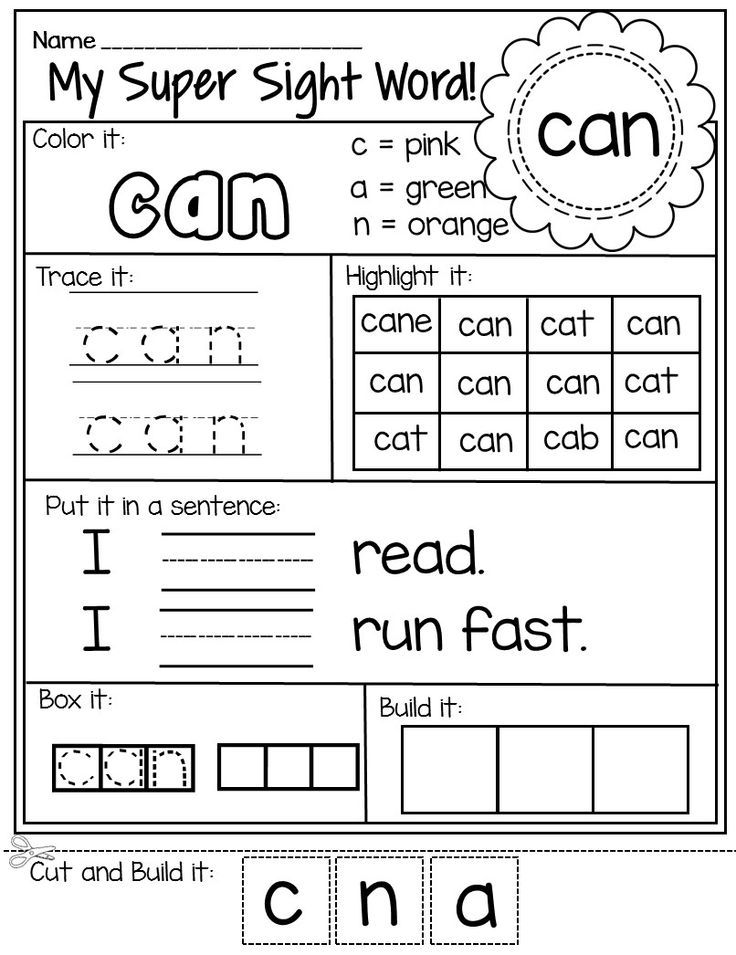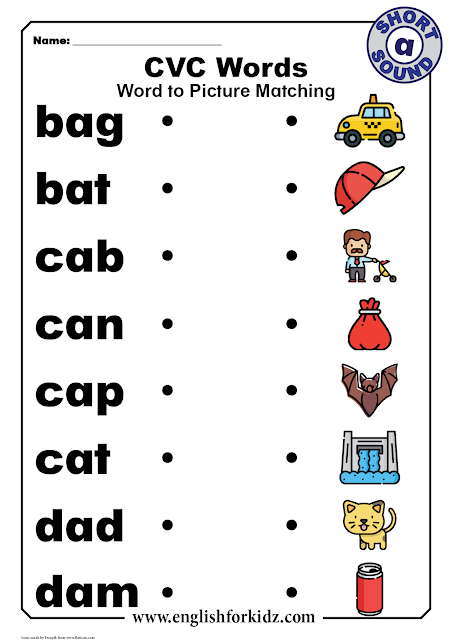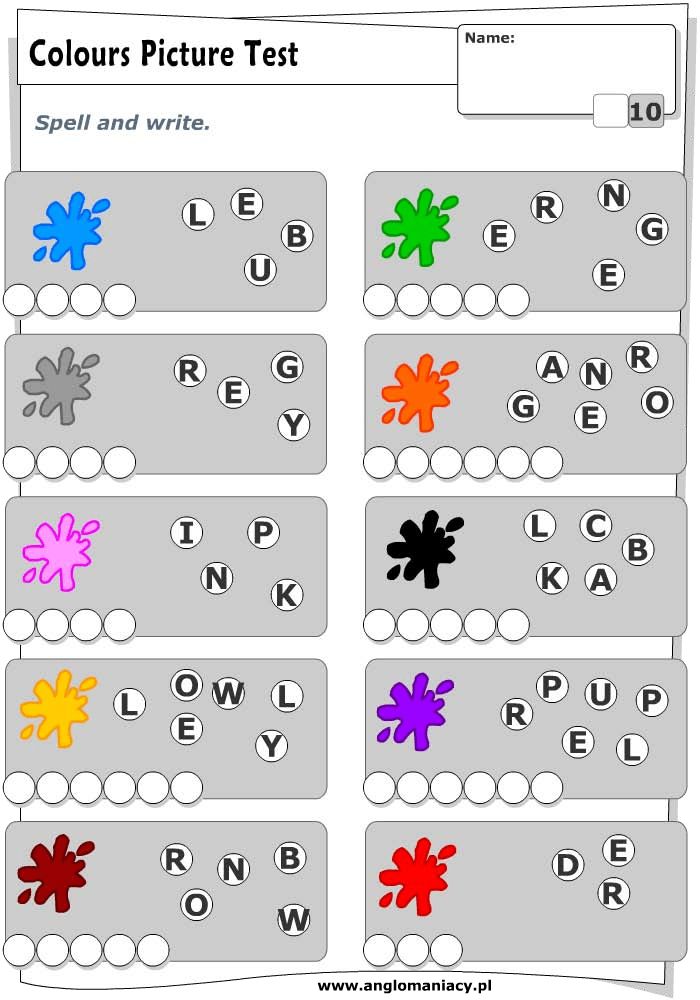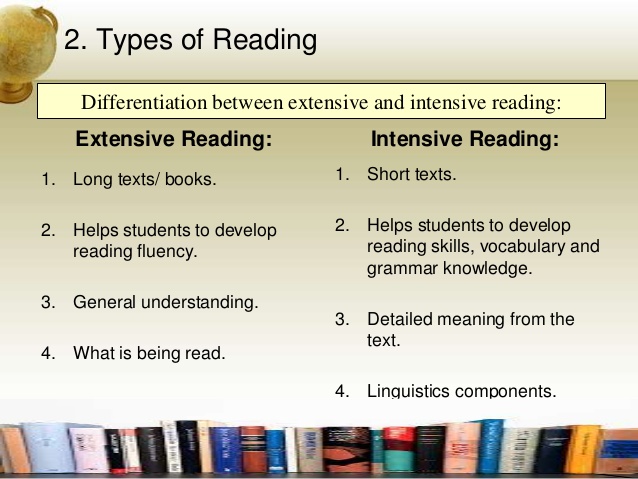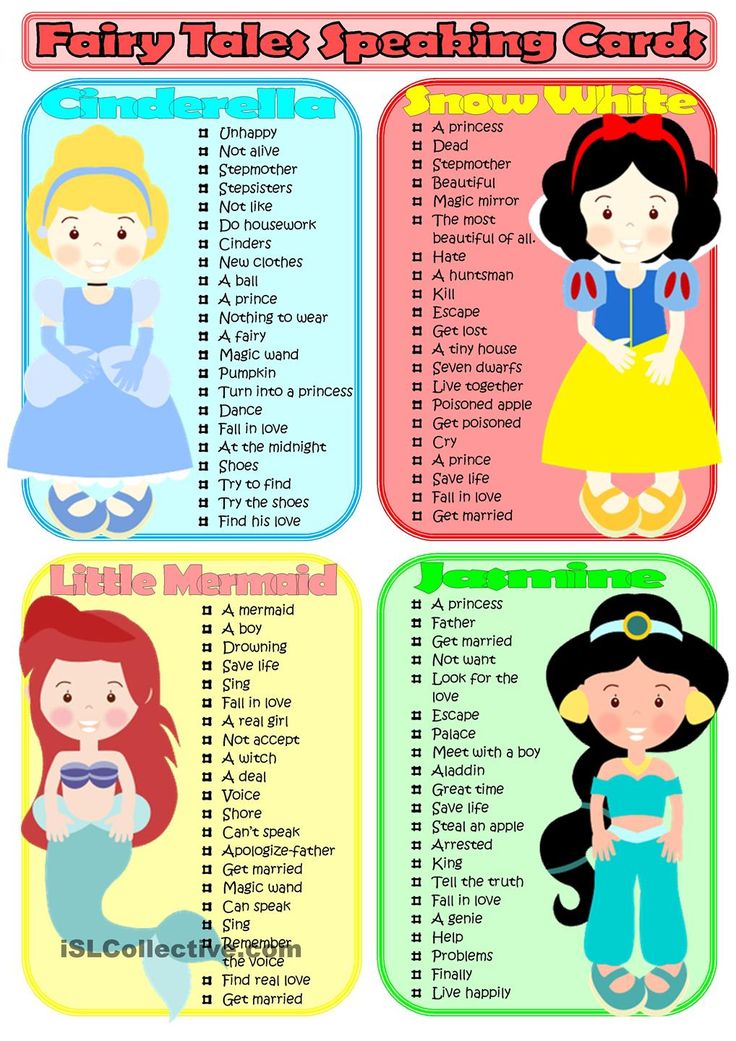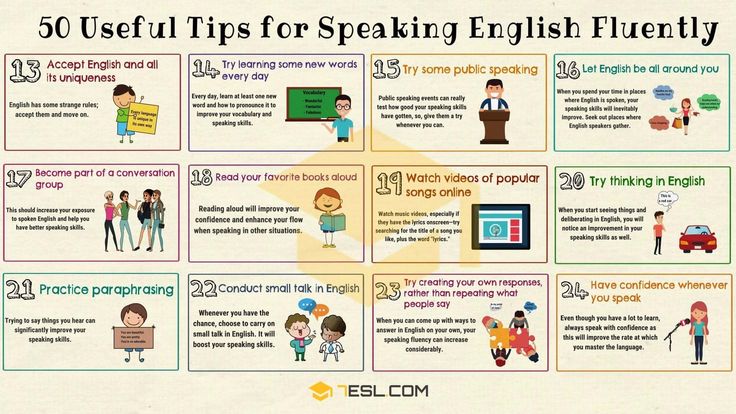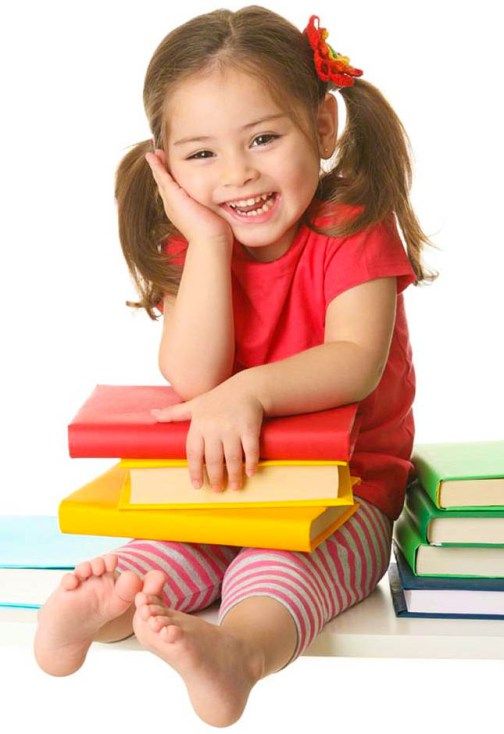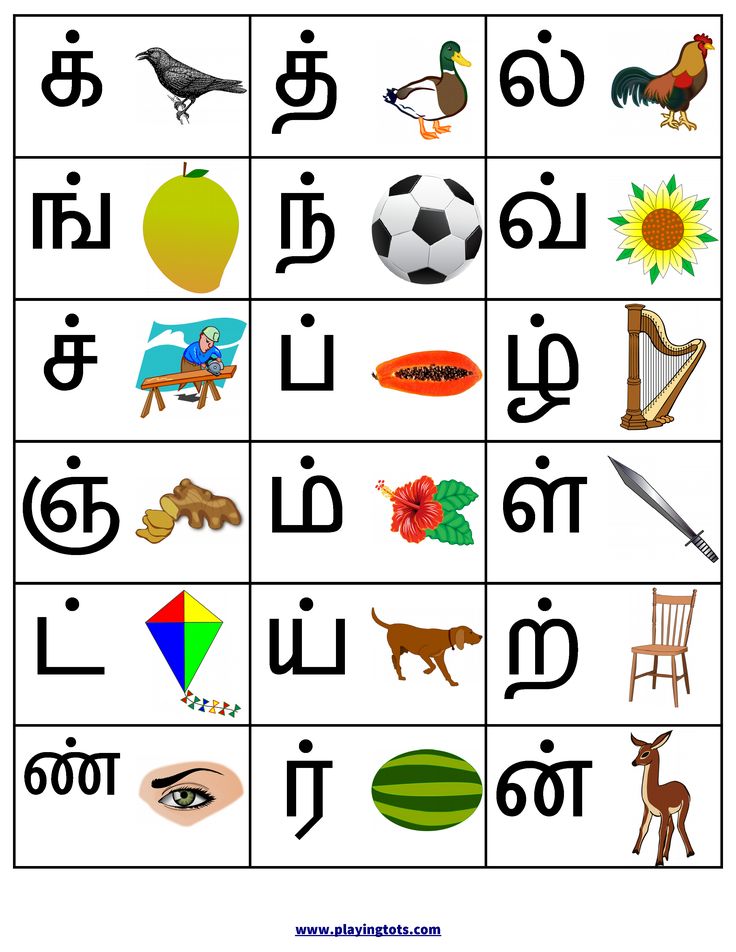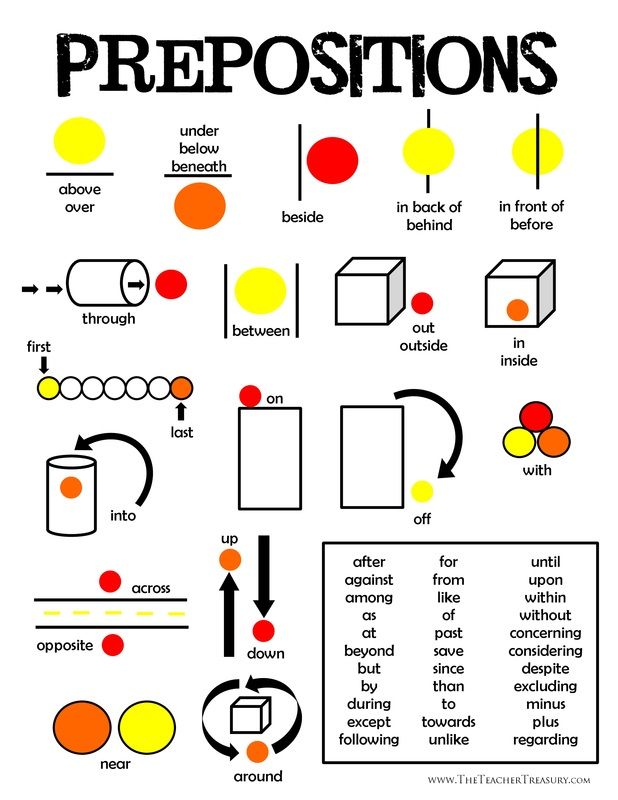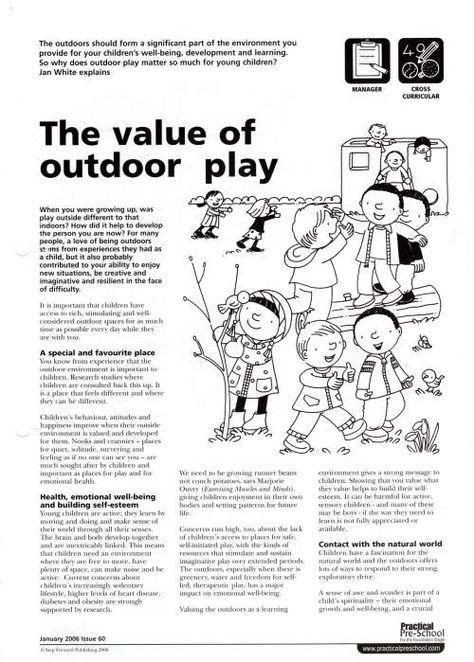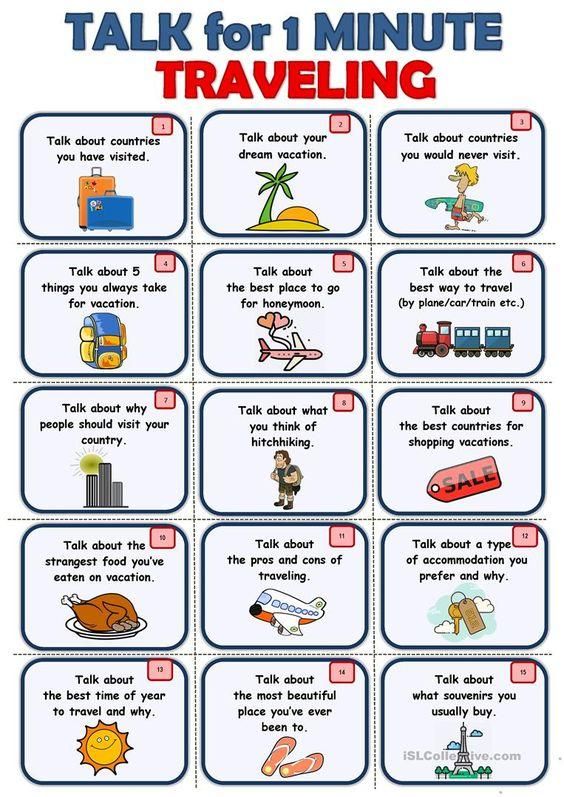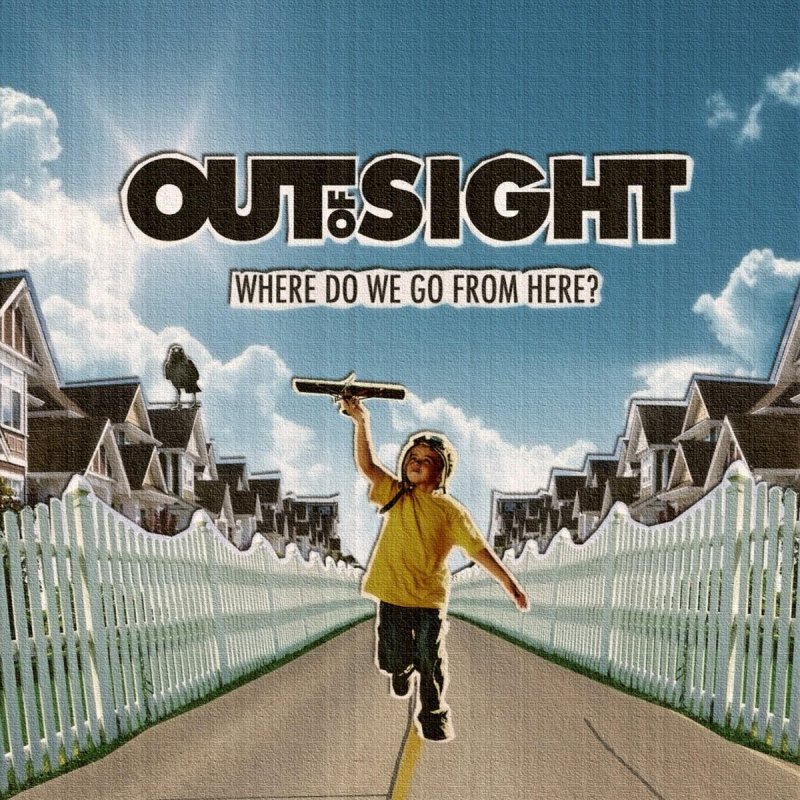Sight word use
Best Sight Word Books and Activities
You probably don’t remember learning how to read words like the, is, and am. But these so-called “sight words” that you now read every day (without even noticing!) can actually be quite challenging for children to learn. However, they're crucial to reading success.
In simple terms, sight words are commonly-used words that children are encouraged to memorize by sight, so they instantly recognize them in a text without having to take the time to sound them out. That’s especially helpful for the many sight words that don’t follow normal phonetic rules, and can’t be sounded out.
“When children can read sight words quickly, they are more fluent readers and can better comprehend a text,” says Laura Mossa, an elementary school reading specialist at Baltimore County Public Schools. She adds that one classic study found that up to 75 percent of the words used in text geared toward young readers are sight words.
Here are five ways to make learning sight words easier for your child, and tools that will help you along the way.
Tip 1: Expose your child to sight words early on.
It's never too early to start reading regularly with your child (it will boost their language development and reading skills, and doing so multiple times per day can expose them to 1 million words by kindergarten!). This is the most natural way to familiarize them with a wide range of sight words.
Also point out sight words in your environment — say, by reading signs on the road or at the grocery store out loud. This will help provide a solid foundation for when your child takes on more formal sight word learning in preschool and kindergarten.
What Will Help: For young children, simply focus on joyful read-alouds that are packed with sight words, like Oh, The Places You'll Go!
As your child enters preschool and kindergarten, this Sight Word Readers Parent Pack is a great way to supplement what they're learning in class.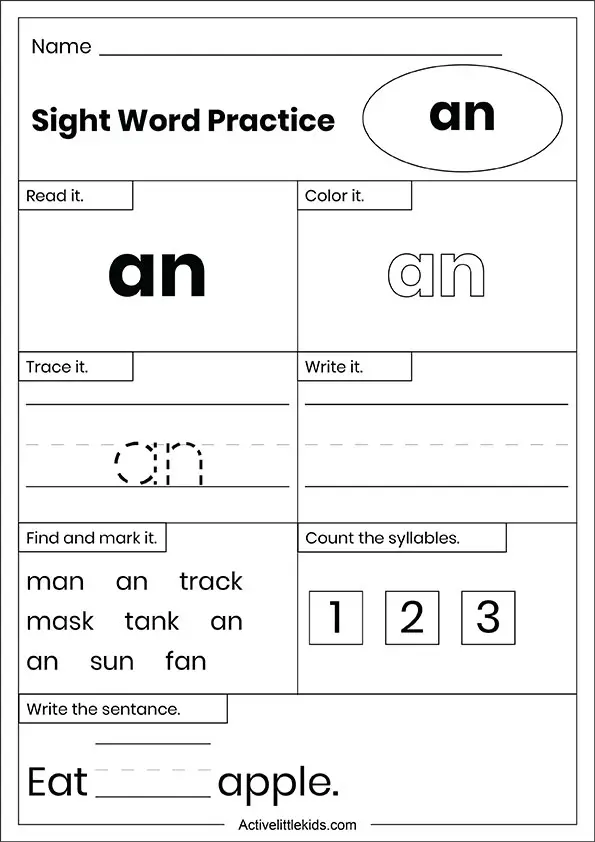 It features a mini activity book and write-and-learn pages to help your kids learn 50 high-frequency sight words!
It features a mini activity book and write-and-learn pages to help your kids learn 50 high-frequency sight words!
Tip 2: Make read-alouds more interactive.
When you read with your child, you’ll notice that many repetitive phrases contain sight words like I, a, at, am, and, it, in, is, and the. Have fun emphasizing this repetition, and encourage your child to chime in on the refrains as you point to the words along the way.
“Since sight words make up a large percentage of all text, engaging in interactive read-alouds with your child is a great way to practice them,” says Mossa. Books that show text in speech bubbles are particularly useful for this, because the text is concise and large, making it easy to point out sight words in each bubble as you read.
What Will Help: For general sight word practice, you can use this Little Skill Seekers: Sight Words workbook with your child — it includes playful illustrations and practice problems that will help your child recognize sight words to strengthen reading fluency!
Tip 3: Engage all of their senses.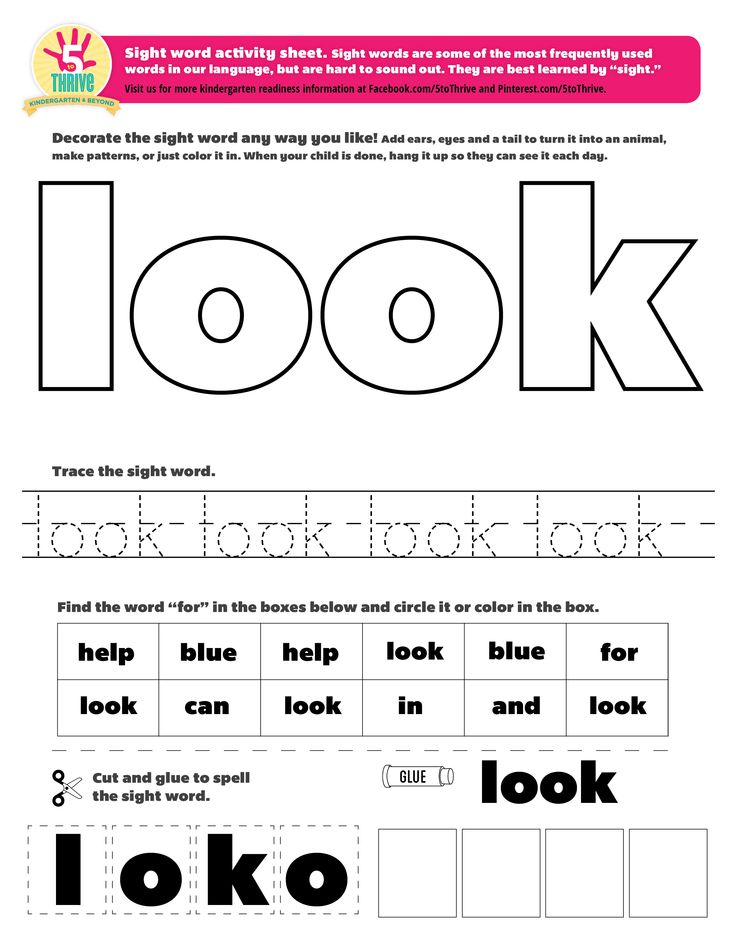
Mossa says she also uses multi-sensory activities with children, in which they fill in missing letters or rearrange letters to correctly spell a sight word, or "write" a word using their finger in the air or on a table.
“Children are more likely to retain a sight word in their long-term memory when practice includes these multi-sensory strategies,” says Mossa. She also suggests giving kids pipe cleaners or magnetic letters to build sight words.
For more practice with spelling sight words — especially those that aren’t phonetically regular — Mossa says she turns to literacy expert Jan Richardson’s sight word technique. “I introduce the sight word by writing it on a dry erase board or making it with magnetic letters,” she says. “Then I ask children to look at each letter as I slide an index card left to right across the word.”
Tip 4: Sort sight words into categories.
It can be helpful to show kids how to sort sight words into categories, such as “rule followers” and “rule breakers,” says Mossa.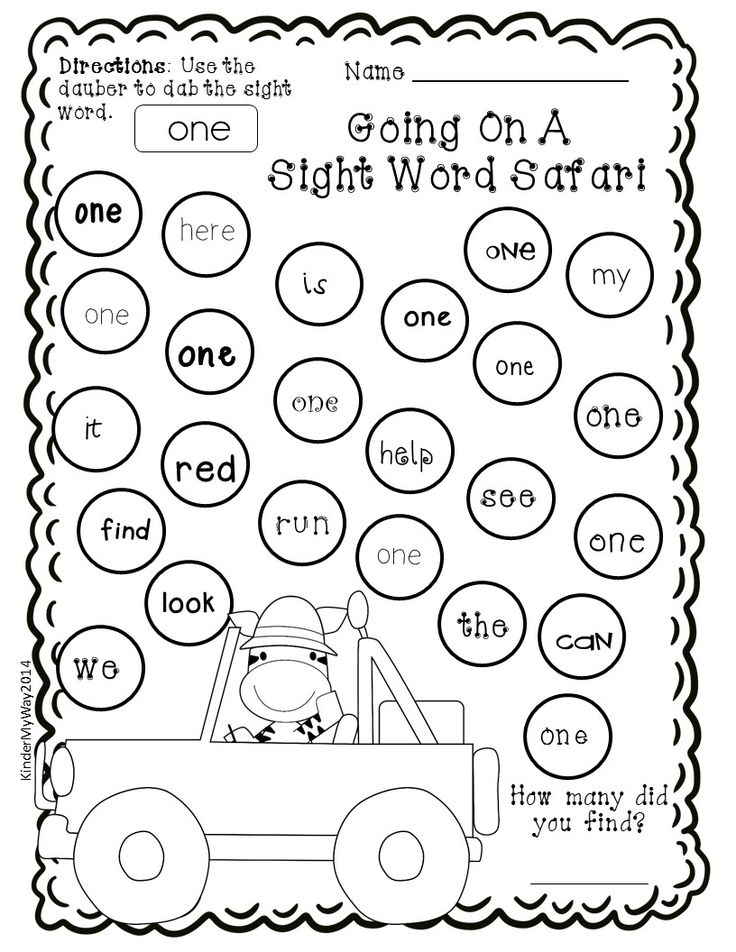 However, this should be used with more fluent readers who have already built early decoding skills and can sound out words.
However, this should be used with more fluent readers who have already built early decoding skills and can sound out words.
“For example, the sight word ‘can’ follows regular phonics patterns,” Mossa says. “In contrast, ‘said’ is not decodable. Therefore, children must learn this word as a whole unit. When I introduce a sight word, I discuss whether it can be sounded out or if it is a word that is a rule breaker.” Play a sorting game at home in which your child guesses which sight words can or cannot be sounded out.
What Will Help: Discuss the various types of sight words in this Nonfiction Sight Word Readers Parent Pack Level A and the Scholastic Success With Grades K-2: Sight Words with your child. Both of these tools will help your young reader become more familiar with key sight words and strengthen their reading skills.
Tip 5: Read and play with sight words daily.
“Children will become better at reading sight words automatically when they have daily opportunities to interact with text at home,” says Mossa.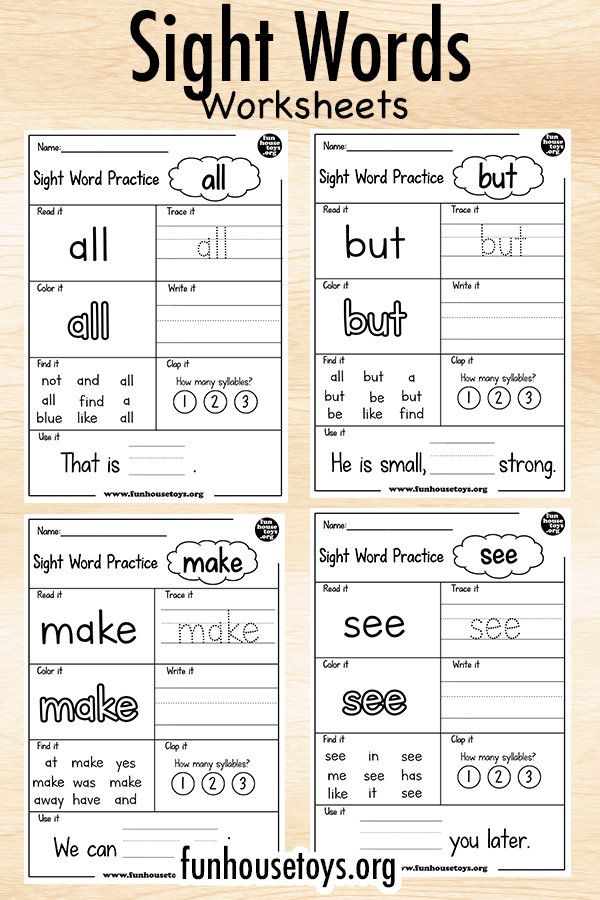 Reading daily will naturally reinforce the learning of sight words, and you can also get creative with games, art projects, and other interactive activities.
Reading daily will naturally reinforce the learning of sight words, and you can also get creative with games, art projects, and other interactive activities.
What Are Sight Words and Why Are They Important?
Featured | Reading | Sight Words
Learning to read is obviously tricky business. There are so many skills and strategies that need to come together to create fluent readers. One of the first steps in helping our young students get started is focusing on sight words.
But before we talk about HOW to teach sight words and share some sight word activities – let’s answer the questions: what are sight words? and why is it important to teach sight words?
This article, along with many other articles on The Printable Princess, contains Amazon affiliate links. If you purchase through the link I earn a small commission.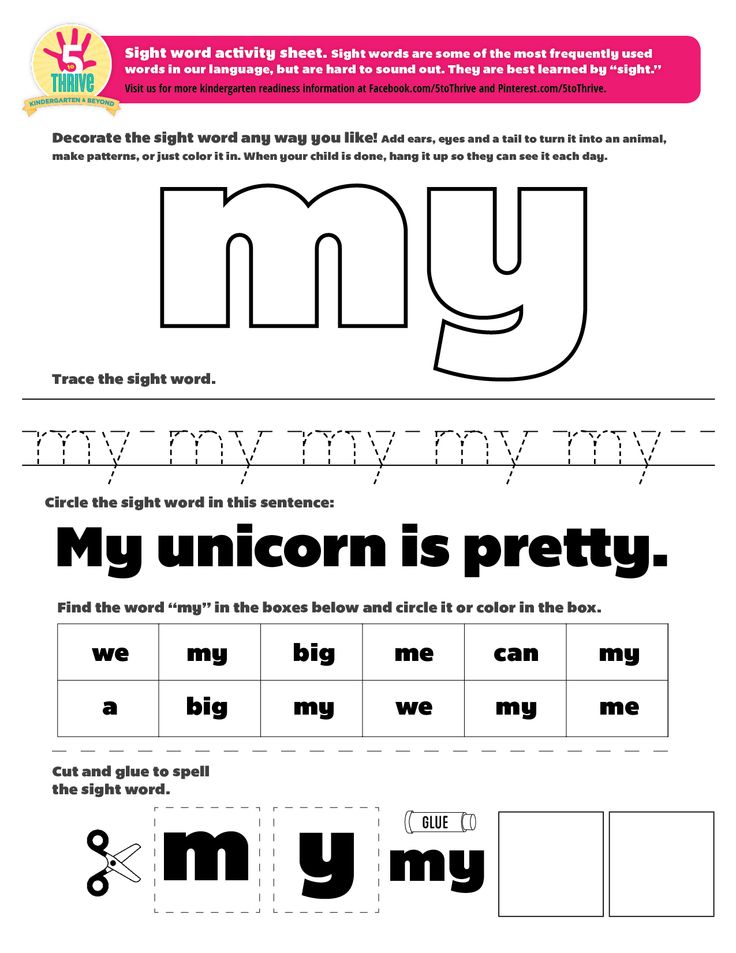 Clicking these links does not cost you any extra but helps this website to keep great articles and freebies coming your way.
Clicking these links does not cost you any extra but helps this website to keep great articles and freebies coming your way.
What are sight words?
Believe it or not, at least 50% of texts are made up of the same frequently used 100 words! We call these commonly used words ‘sight words’. Most of them are small and easily recognized, (I, is, the, and, to) but some of them cannot be easily sounded out or illustrated (like, from, what, good).
Using phonics or picture-reading skills for words like these is ineffective for young readers, especially for those who are in the early stages of developing their decoding skills. Therefore we need to know these words by “sight”.
Why is it important to teach them?
It’s critical to teach students to memorize sight words as a whole so that they can recognize them immediately (within 3 seconds) without having to use any strategies to decode them. Imagine how frustrating reading would be if you had to stop and sound out every little word!
Once readers master sight words they are able to understand at least half of the words in any particular text.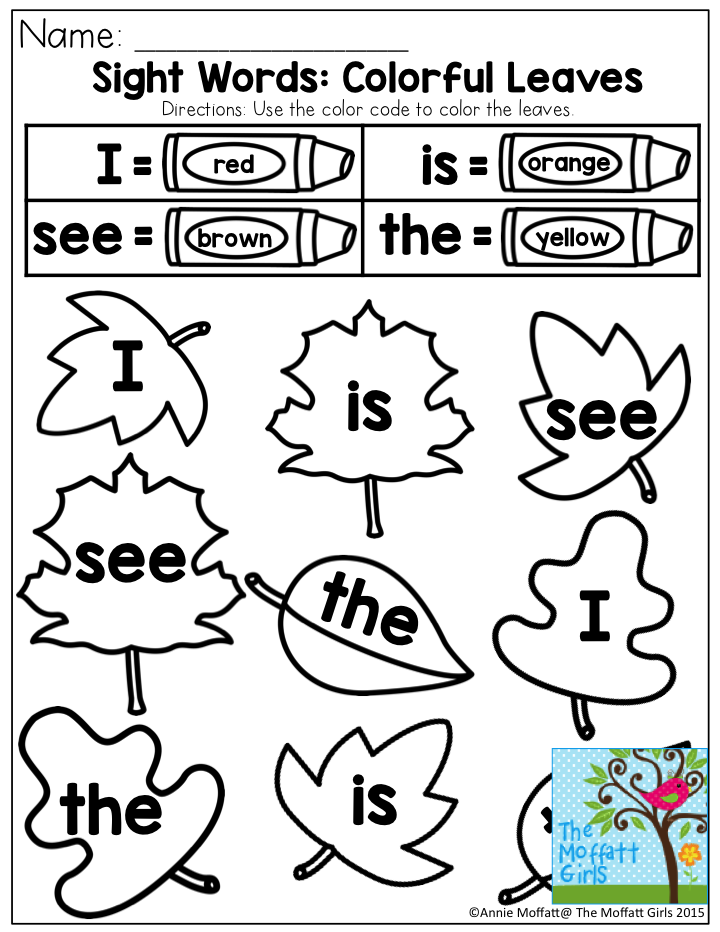 By eliminating the need to stop and decode sight words, readers are able to focus on words that are less familiar and more difficult.
By eliminating the need to stop and decode sight words, readers are able to focus on words that are less familiar and more difficult.
And teaching sight words not only helps students read more fluently, it helps them write more efficiently too.
What is the best way to teach sight words?
If you were to ask this question to five teachers, you would probably get five different answers. But I think that we all would agree that the best way to engage young readers is to make sight word learning fun and hands-on.
Using sight word activities like games, centers, and hands-on manipulatives will help your students master skills without even knowing that they are learning!
Make sight word learning a regular part of your literacy block and switch out activities often. By setting aside time for focused attention on sight word learning, you’ll be surprised how quickly your young readers blossom.
Here’s a few of my favorite sight word activities…
Magnetic Letters:
Using magnetic letters to spell sight words is a simple, hands-on way for kids to practice reading and building sight words.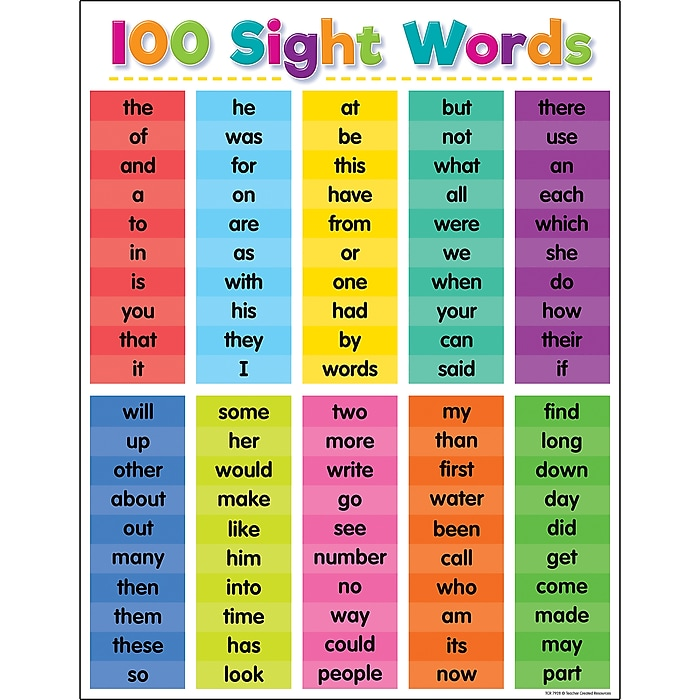 Simply write the words on flashcards and have students build the words.
Simply write the words on flashcards and have students build the words.
To make these types of sight word activities extra fun, display the words on your white board so that students can build the words on your teacher board. Plus this make a great center activity!
Editable Sight Word Activities:
Have you ever met a kid that doesn’t like bubble gum or cookies? Me either! So why not use their love of yumminess to practice building sight words? Students read the sight word on the card and use the theme letter cards to build the word.
The Editable Gumball activity and Editable Baking Up Cookies activity come with 133 pre-made cards and an editable version so you can add your own words. It includes a themed work mat to give students a space to build their words and a recording sheet to hold students accountable.
Play Swat:
For this sight word activity all you need is a fly swatter! This game is great for building speed with identifying sight words.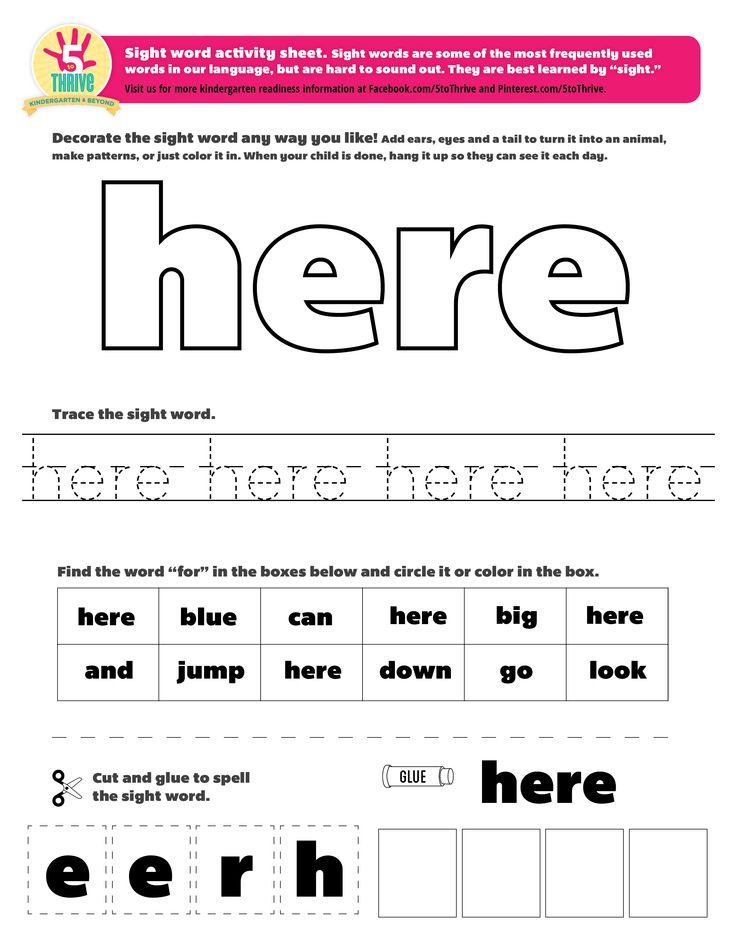 This game works well as a small group or whole group activity. To set up the game, you’ll need to write a few sight words on the board. Select one student to play. Call out a sight word and have them quickly swat the word.
This game works well as a small group or whole group activity. To set up the game, you’ll need to write a few sight words on the board. Select one student to play. Call out a sight word and have them quickly swat the word.
To make the activity more challenging, call two students up and let them race to be the first to swat the sight word. (You could also adapt this activity to practice letters, numbers, etc)
Secret Code Sight Words:
This is one of my favorite sight word activities to spice up learning. This activity is always a hit because students have so much fun cracking the code that they don’t realize they are actually learning sight words. Students identify the beginning sound of each picture to crack the code and spell a secret sight word. They use dry erase markers, magnetic letters, or letter tiles to build the word and then read it.
The purpose of Secret Code Sight Words is not to sound the word out, but to build the word and then have students recognize the word they built.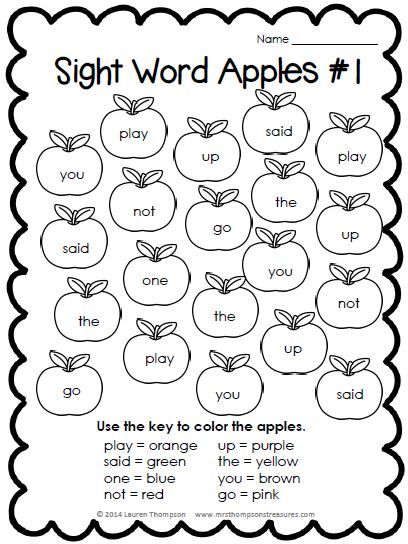
Flip and Read Game:
I first shared this game as a fall alphabet game. But I’m sharing again because you really can practice any skill with it. The kids love it and it’s perfect for small groups.
You’ll need themed shapes (like the kind from a die-cut machine) and manipulatives or mini erasers. To prepare this game you’ll want to write a sight word on each of the themed shapes.
To play the game, turn the shapes face down. Put 1 or 2 manipulatives/game pieces on each shape. Students select a shape, turn it over, and if they can read the sight word they keep the manipulatives. At the end of the game, whoever has the most game pieces wins!
Shaving Creme:
If you don’t mind a little mess, this sight word activity works well to reach tactile (or hands-on) learners. Plus I love the way a classroom smells after a shaving creme activity. Just put a small amount of shaving creme on a cookie sheet or a plastic plate for the students to write the words in.
You’ll call out a sight word and students will use their finger to write the word in the shaving creme. Walk around the room to check their work or write the word on the board so that students can check their own work.
If you’re using shaving creme for the first time you’ll want to have a quick class chat about how to use shaving creme. I have three basic shaving creme rules.
1. Students should avoid touching their eyes and face with shaving creme.
2. Students need to be gentle and not slap their hand down in the shaving creme.
3. Lastly, we keep our own shaving creme. We don’t touch others with shaving creme and we don’t take shaving creme away from our friends.
Find the Word:
This is a fun activity because students get to use highlighters, which keeps them engaged! Give students a magazine or a newspaper page and have them highlight a target sight word that you’ve selected. Or use pages like the ones pictured below.
Students read the target sight word at the top of the page and then use a highlighter (or bingo dabber) to highlight the corresponding words below.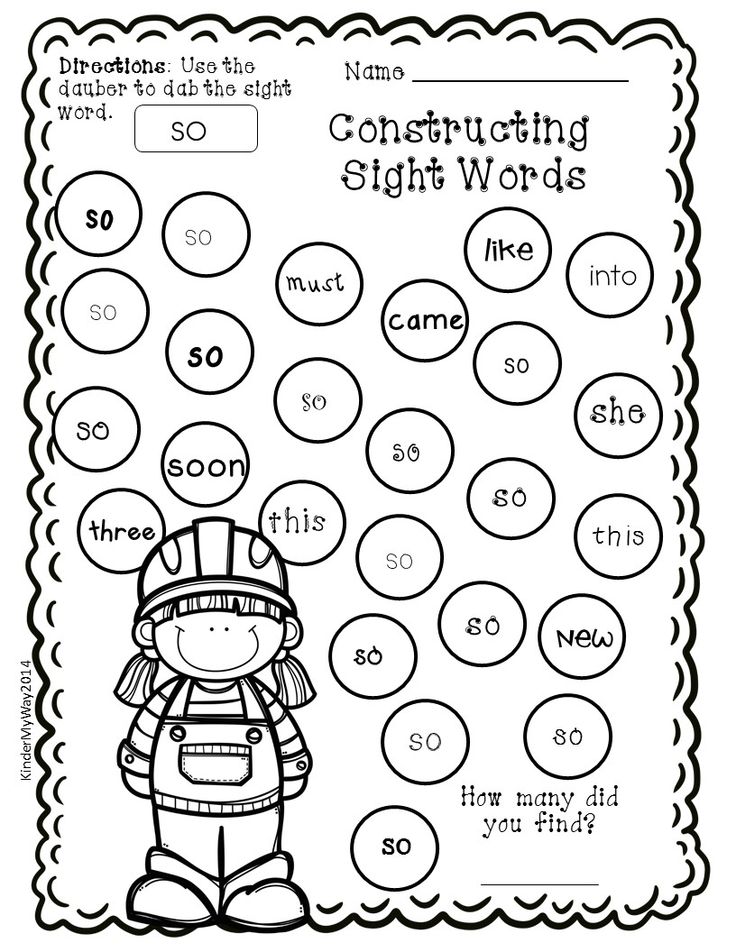 Find the Word includes over 130 no prep pages.
Find the Word includes over 130 no prep pages.
Magazine Hunt:
This is another easy peasy center activity. Simply pick a sight word that you’d like students to work on. Give them a blank piece of paper. Students will look through the magazines to find that sight word. Once they’ve found it, they will cut it out and paste on the blank page. (Just be sure to preview the magazines before giving them to students.)
Build a Word:
Blocks or snap cubes are also a fun way to practice building sight words. Students link the blocks together to spell a word. For step-by-step directions and a free recording sheet for this sight word activity, check out this blog post.
Sky Writing:
Some of the best sight word activities require no prep or materials – like this one. Call out a sight word and spell it or have a student spell the word. Then have students put their pointer finger up and make BIG motions to “write” the words in the air.
As with everything that we teach our little learners, it takes repeated exposure and repetition to master sight words.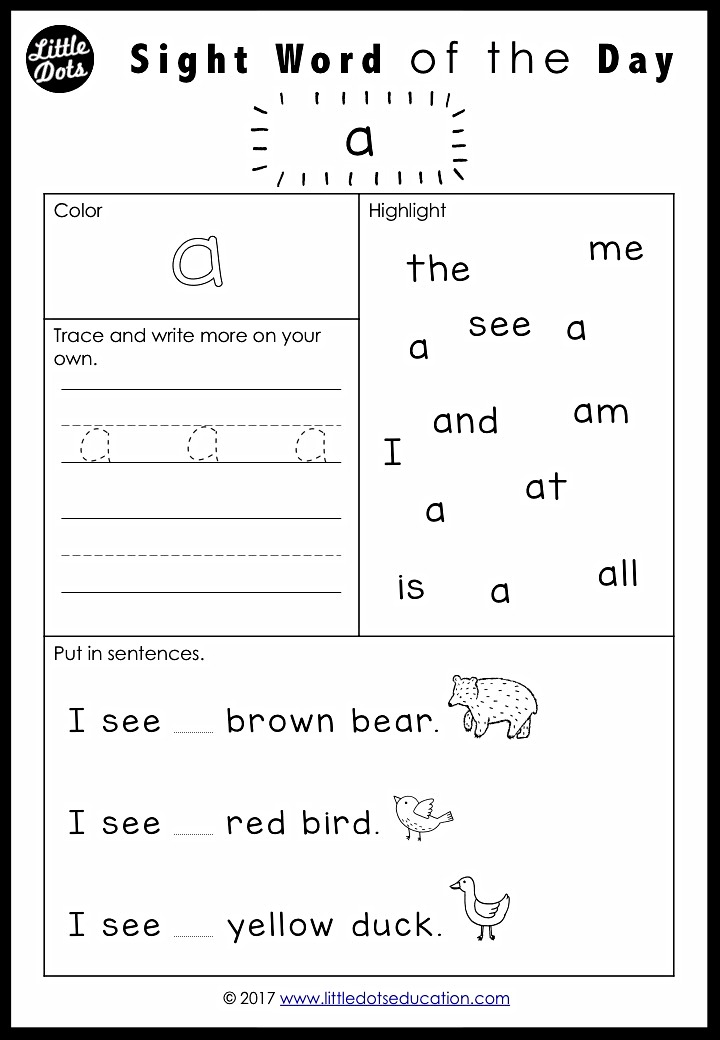 That’s why I think it’s important for us to have several different ideas up our sleeves. I hope these suggestions gave you some fun and fresh activities for helping your little readers master sight words.
That’s why I think it’s important for us to have several different ideas up our sleeves. I hope these suggestions gave you some fun and fresh activities for helping your little readers master sight words.
Until next time,
Post Tags: #DIY centers#literacy centers#sight words
Similar Posts
Meaning of words - collection of dictionaries on Glosum.ru
Meaning of words - collection of dictionaries on Glosum.ru- Main
- Contacts
- Add word
The page you requested may have been moved or removed. It is also possible that you a small typo when entering the address - this happens, so double-check carefully. nine0011
You can continue by going to the main page of
- All Time Popular
- Love
- Motherland
- Adore
- Nativity scene
- Friendship
- Man
- Beauty nine0003 Hope
- Art
- Pantalik
- Bitch
- Paskuda
- World
- Beast
- Fool
- per month
- Member
- Kralya
- Rich
- Freak
- Bobyl
- Khalda
- At
- Justice
- hello
- Eat
- Sly
- Dress up nine0003 Definition
- Man
- Language
- per week
- Shroud
- Careless
- Bogey
- Mazurik
- Colleague
- Morality nine0003 Advocate
- Volunteer
- Information
- Bogatyr
- Furious
- Friend
- Organization
- Idol
- Legend
- per day nine0003 Bastard
- One
- Holy fool
- Yar
- Debely
- History
- Pride
- Show
- Basurman
- Tat
- Romantic
- Not at all
- King
- Honor
- Opportunity
Important
- Policy privacy policy
- Custom Agreement
Our social services networks
- Telegram channel
- Telegram bot
© 2012–2023
Theme of vision in Russian and English
In this article we will tell you:
- The word eye meant "round stone", "amber"
- English eye - "eye" and "part of the face around the eye"
- The word vision meant "radiance", "glow"
- English vision
- The word lens comes from "lentil"
- English lens - “lens”, “lens”, “lentil”
- Mom, have you noticed that the lens looks like lentils?
Max, the eldest son of Lucy and Sasha, loves to surprise his parents with unexpected observations. But this question, in the silence of a Saturday morning, was especially difficult. nine0192
But this question, in the silence of a Saturday morning, was especially difficult. nine0192
“Um, no… Should I have?”
- Of course! "Lens" in Latin means "lentil". They have the same shape, hence the name. I read it in the dictionary yesterday. And "eye" means "round pebble", can you imagine?
- It's really interesting! I didn't know you were interested in linguistics.
nine0191 “Wait, that's not all. I also read about English. Here, listen!
The word eye meant "round stone", "amber"
In the Old Slavic language, the word "eye" meant "round pebble", "ball", "bead". Many linguists note the similarity of this concept with the Polish "głaz" - "boulder", "cobblestone", "piece of rock". In Old Germanic, the similar word "glas" was used to mean "amber".
Interestingly, until the 16th century, the organ of vision was called exclusively by the word "eye".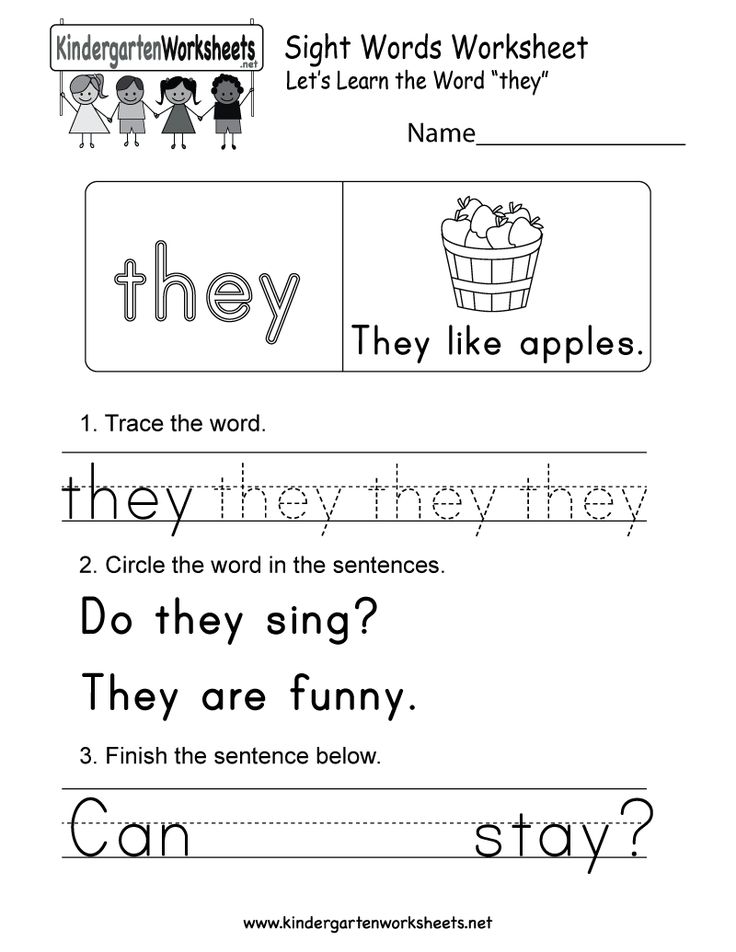 According to some linguists, the displacement of this word began thanks to the colloquial phrase "roll out your eyes", that is, "look intently or in surprise." nine0011
According to some linguists, the displacement of this word began thanks to the colloquial phrase "roll out your eyes", that is, "look intently or in surprise." nine0011
The word “eye” has many ancient “relatives” that we don’t even know about: “head”, “nodule”, “iron”. They also came from words denoting different types of pebbles and shards.
In Russian there are many proverbs and sayings with the word "eye". Each of them has its own unique story. For example, the phrase "splurge" originated in the era of fisticuffs, when fighters used sandbags to temporarily disarm their opponents. This technique was banned by special decree in 1726. The phrase "splurge" has remained in the language in the sense of "to exaggerate the possibilities." nine0011
English eye
The Old English word ēage ("eye") is of Germanic origin. It has many "relatives" in other European languages - Swedish öga, Danish øie, Dutch oog. In its modern format, the word eye came into English after 1200.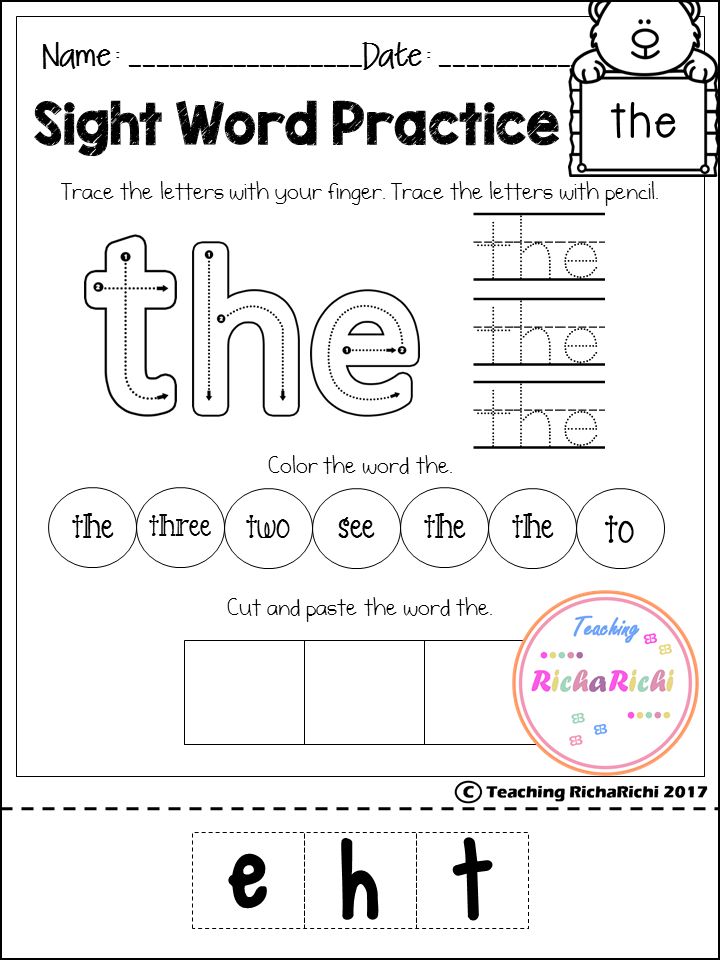 Interestingly, they denoted not only the organ of vision, but also the part of the face around the eyes, along with eyelashes, eyelids and eyebrows.
Interestingly, they denoted not only the organ of vision, but also the part of the face around the eyes, along with eyelashes, eyelids and eyebrows.
After the 14th century, the English word eye began to take on new meanings. Many of them still exist. So, eye is also “a buttonhole”, “a drawing in the form of an eye on a peacock feather”, “an apple on a horse's skin”, “needle eye” and “the center of a tropical cyclone”. nine0011
The English word "eye" has many interesting related words that have no analogues in Russian. For example, eye-opener (literally "eye opener") - "a sip of alcohol" or "amazing news", bulls-eye (literally "bull's eye") - "direct hit", eye-service (literally "eye service") - "work for the public" or "work under duress."
In English, as in Russian, there are a lot of catch phrases with the word "eye". So, the phrase Turn a blind eye (literally "turn a blind eye") is used in the meaning of "consciously ignore unwanted information." Linguists believe that Admiral Horatio Nelson became the creator of this phrase: during the naval battle of Copenhagen in 1801, he did not want to see his commander’s signals about the retreat and “looked” through the telescope with his absent eye.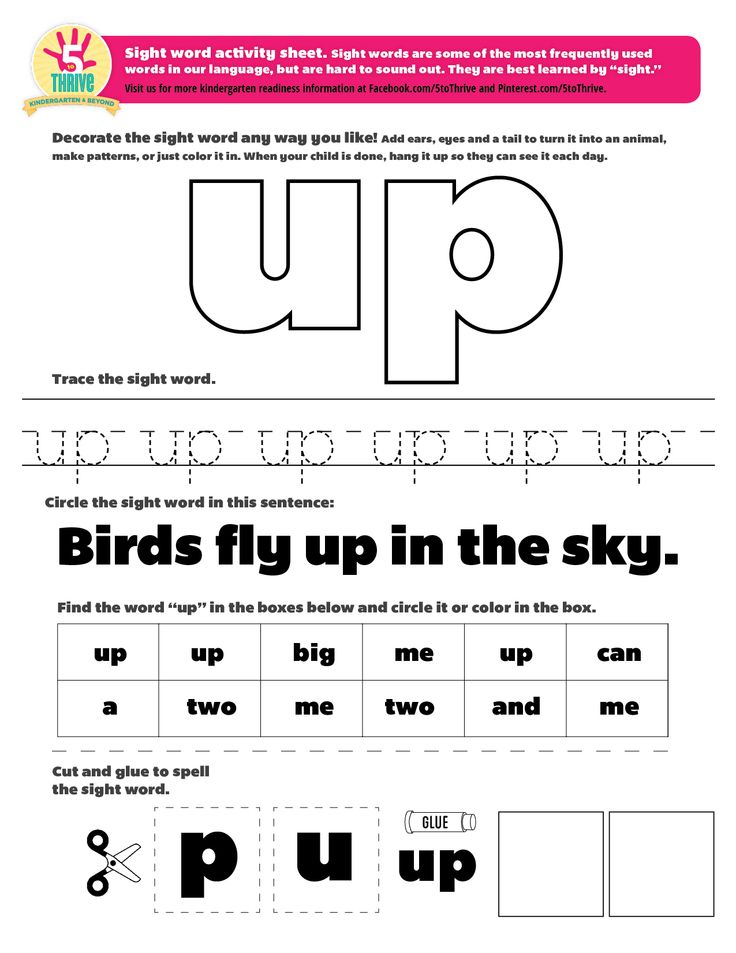 nine0011
nine0011
The word vision meant "radiance", "glow"
This word comes from the Old Slavonic ZVRETI - “shine”, “shine”, “see”. Its closest “relatives” are the Serbian “behold” (“to see”), the Slovenian zreti (“to look”) and the Lithuanian žėrėti (“to shine”). The derivatives of this word are also associated with the ideas of light and radiance, for example: "dawn", "glow", "lightning", "illumination".
The immediate relatives of the word “sight” are “shame”, “sagacity” (the ability to see ahead), “mirror” (i.e., an object that is looked into), “ghost”, “guard”, etc. In modern language they are not are considered to be of the same root, but the semantic connection is obvious even now. nine0011
The origin of the word "pupil" is interesting. In Latin, there are the words pūpa (“little man”, “doll”, etc.) and pupilla, a derivative of it, “pupil”. The meaning was formed on the idea that a person looking into the eyes of the interlocutor sees his own small reflection in them.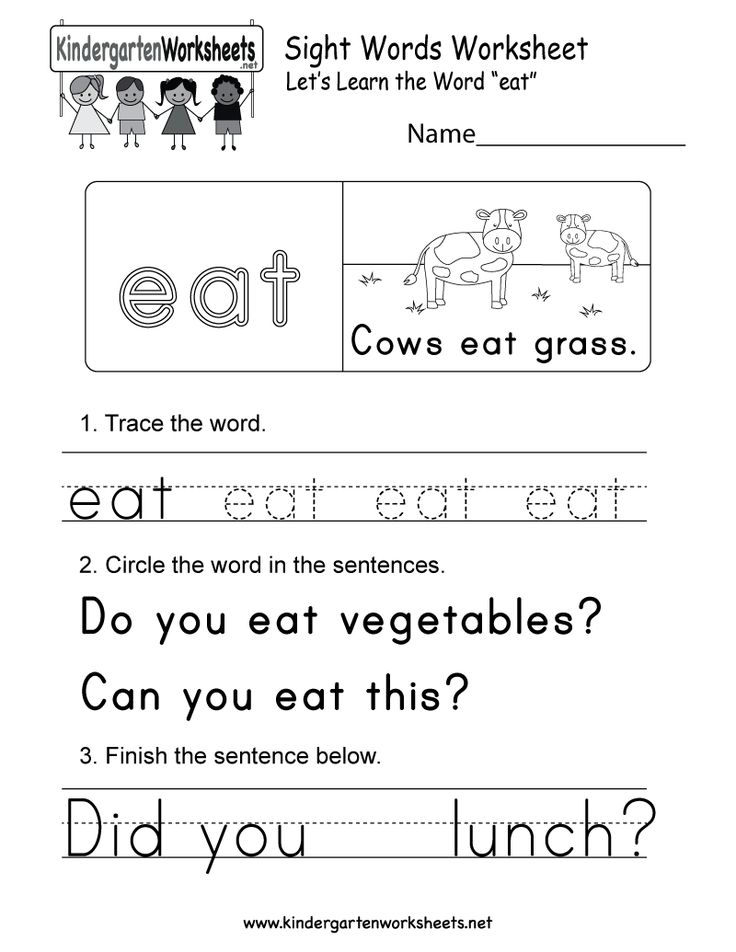 The ancient Slavs used this analogy: the word ZHRAK ("image", "vision") in the "pupil" - "little man in the eye."
The ancient Slavs used this analogy: the word ZHRAK ("image", "vision") in the "pupil" - "little man in the eye."
English vision - "vision", "vision", "imagination"
Linguists trace a direct connection between the Latin videre ("to see") and modern English vision. It is interesting that the original meaning of this word did not come down to the ability to perceive the world through the organs of vision, but to the imagination and the ability to see something supernatural. A similar trend was traced in Old French: vision - “presence”, “vision”, “unearthly appearance”. nine0011
In the meaning of “vision”, this word was fixed only at the end of the 15th century. In modern English, it has acquired additional semantic shades. For example, it is used when talking about insight, imagination, worldview, or the ability to see perspective.
The word vision, like the Russian “vision”, has several unexpected “relatives”. One of them is the popular English interjection voila (“voila”, borrowed from French), which can be translated as “here”.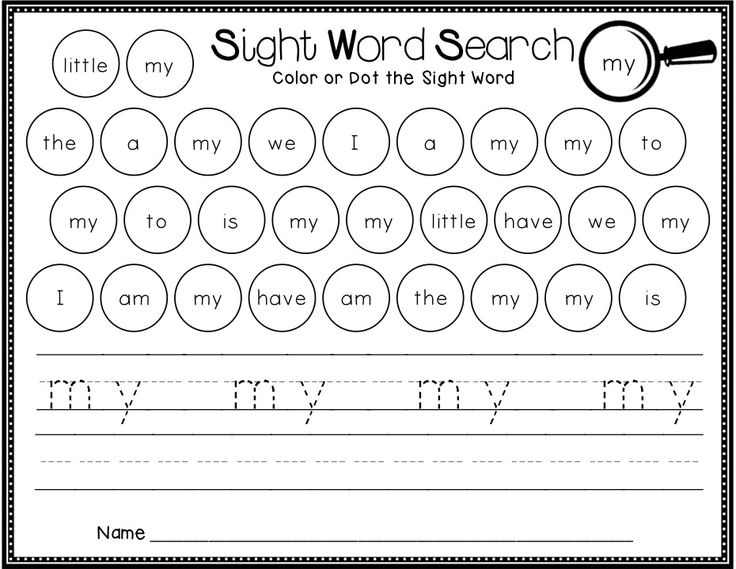 The same family includes visionary (“dreamer”, “seer”), evident (“obvious”) and vivid (“bright”, “alive”). French has visionnage (“view”) and visionneuse (“projector”), while German has Visionär (“seer”), Visionen (“plans”) and Visionsradius (“line of sight”). nine0011
The same family includes visionary (“dreamer”, “seer”), evident (“obvious”) and vivid (“bright”, “alive”). French has visionnage (“view”) and visionneuse (“projector”), while German has Visionär (“seer”), Visionen (“plans”) and Visionsradius (“line of sight”). nine0011
The English set expression range of vision is similar to the Russian "field of vision". Another interesting phrase twenty-twenty vision ("vision 20 to 20") means excellent vision, by analogy with the Russian "unit for both eyes." To denote a narrow outlook and limited views, the British and Americans use the expression tunnel vision - “tunnel vision”.
The word lens comes from "lentil"
The original source of this word is the Latin lens - "lentils". The shape of the lens resembles a legume, and it is this analogy that formed the basis of the word. In Russian, the concept of “linga” (“lens”) appeared in the 16th century, but it “got” to dictionaries relatively late - in the 19th century.03 year.